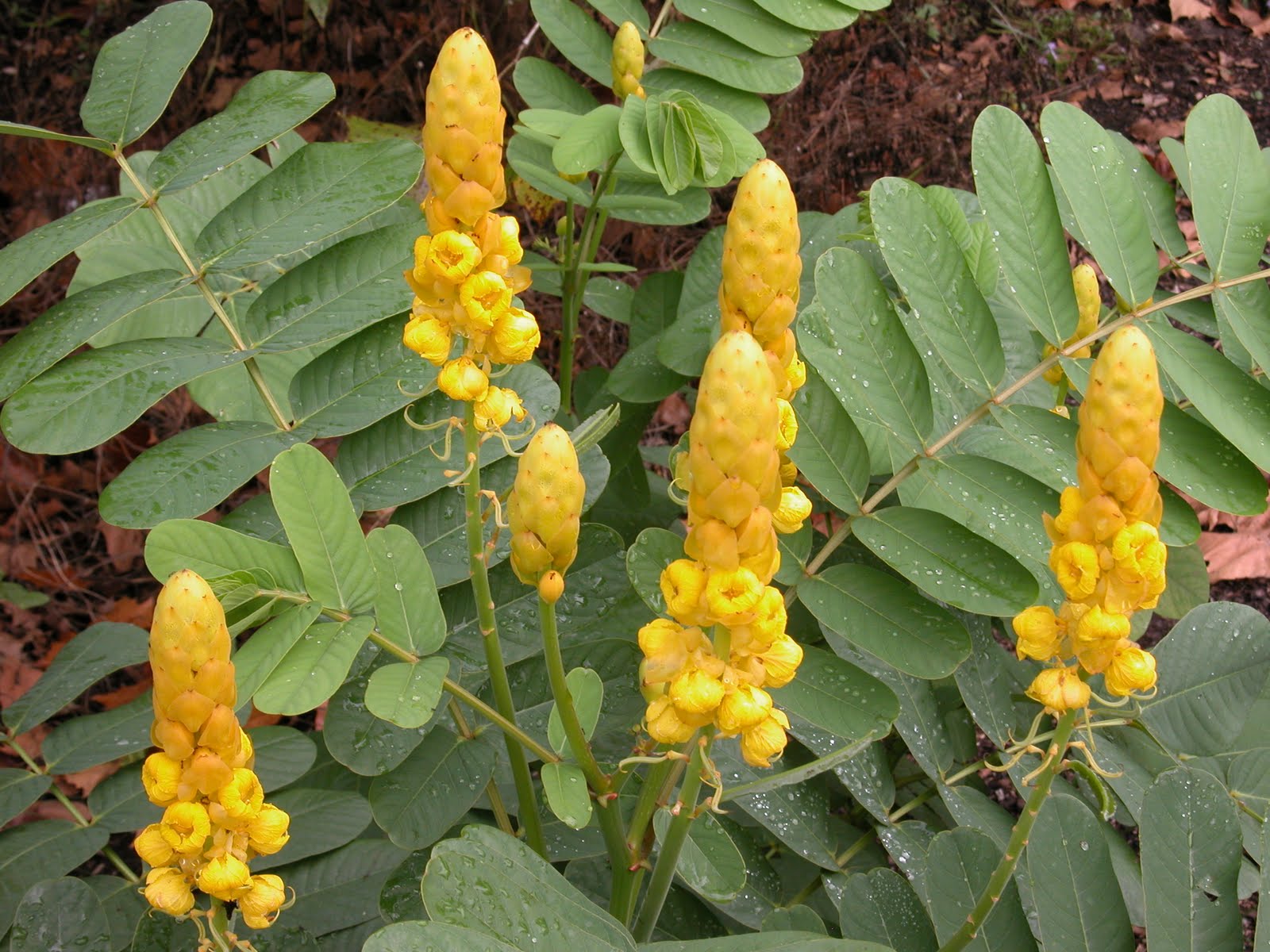Cassia cassia, commonly known as Chinese cinnamon, is a spice that has been valued for its unique flavor and numerous health benefits for centuries. This aromatic spice is often used in cooking and traditional medicine, making it an essential ingredient in many cultures. In this article, we will explore the various aspects of Cassia cassia, including its origin, health benefits, culinary uses, and how to incorporate it into your diet.
As a member of the Lauraceae family, Cassia cassia is closely related to true cinnamon (Cinnamomum verum) but differs in taste and chemical composition. While both spices are popular in various cuisines, Cassia cassia has a stronger flavor and is often more affordable. Understanding the characteristics and benefits of Cassia cassia can help you make informed choices about its use in your daily life.
Throughout this article, we aim to provide valuable information about Cassia cassia, ensuring that you have a comprehensive understanding of this versatile spice. From its historical significance to its modern applications, we will cover everything you need to know about Cassia cassia and how it can enhance your health and culinary experiences.
Table of Contents
- Biography of Cassia Cassia
- Health Benefits of Cassia Cassia
- Culinary Uses of Cassia Cassia
- Nutritional Value of Cassia Cassia
- Cultivation and Harvesting of Cassia Cassia
- Precautions and Side Effects
- Where to Buy Cassia Cassia
- Conclusion
Biography of Cassia Cassia
Cassia cassia is native to Southeast Asia, particularly in regions like China, Indonesia, and Vietnam. It is widely cultivated for its aromatic bark, which is harvested to produce the spice we know today. The history of Cassia cassia dates back thousands of years, where it was highly valued not only for culinary purposes but also for its medicinal properties.
| Attribute | Details |
|---|---|
| Scientific Name | Cinnamomum cassia |
| Common Names | Cassia, Chinese cinnamon |
| Family | Lauraceae |
| Native Regions | Southeast Asia |
| Uses | Culinary, medicinal, and aromatic |
Health Benefits of Cassia Cassia
Cassia cassia is not only a flavorful spice but also a powerhouse of health benefits. Here are some of the most notable advantages:
- Anti-inflammatory Properties: Cassia cassia contains compounds that can help reduce inflammation in the body, potentially alleviating symptoms of chronic inflammatory diseases.
- Antioxidant Effects: The spice is rich in antioxidants, which can protect the body from oxidative stress and free radical damage.
- Blood Sugar Regulation: Studies suggest that Cassia cassia may help lower blood sugar levels, making it beneficial for individuals with diabetes.
- Digestive Health: The spice can aid digestion and alleviate issues such as bloating and gas.
- Antimicrobial Activity: Cassia cassia has been shown to possess antimicrobial properties, which may help combat infections.
Culinary Uses of Cassia Cassia
Cassia cassia is a versatile spice used in various cuisines around the world. Here are some popular culinary applications:
- Baking: Often used in baked goods such as cinnamon rolls, cakes, and cookies.
- Spice Blends: A key ingredient in spice blends like garam masala and pumpkin spice.
- Savory Dishes: Adds warmth and flavor to savory dishes, including curries and stews.
- Beverages: Commonly used in teas, coffees, and mulled wines for added spice.
How to Use Cassia Cassia in Cooking
Incorporating Cassia cassia into your cooking is easy. Here are some tips:
- Use ground cassia in recipes that call for cinnamon for a more robust flavor.
- Add whole cassia sticks to simmering liquids for a deep infusion of flavor.
- Experiment with cassia in savory dishes for an unexpected twist.
Nutritional Value of Cassia Cassia
Cassia cassia is not only flavorful but also provides various nutrients. Here is a breakdown of its nutritional value per 100 grams:
- Calories: 247
- Carbohydrates: 81 grams
- Fiber: 53 grams
- Protein: 4 grams
- Fat: 2 grams
- Calcium: 1000 mg
- Iron: 8.3 mg
Cultivation and Harvesting of Cassia Cassia
Cassia cassia is primarily cultivated in tropical regions. The cultivation process involves:
- Soil Preparation: Cassia thrives in well-drained soil with plenty of organic matter.
- Propagation: The spice can be propagated from seeds or cuttings.
- Harvesting: The bark is harvested from mature trees, typically every two years.
Precautions and Side Effects
While Cassia cassia has many health benefits, it is essential to use it in moderation. High doses may lead to toxic effects due to the presence of coumarin. Here are some precautions:
- Pregnant women should consult with a healthcare provider before using Cassia cassia.
- Individuals with liver conditions should limit their intake of cassia due to coumarin content.
- Allergic reactions are rare but possible, so monitor your body's response when using cassia for the first time.
Where to Buy Cassia Cassia
Cassia cassia can be found in various forms, including whole sticks, ground powder, or as an essential oil. Here are some reliable sources to purchase it:
- Local spice markets or specialty food stores
- Online retailers such as Amazon or health food websites
- Organic grocery stores
Conclusion
Cassia cassia is a remarkable spice that offers a blend of flavor and health benefits. From its historical roots to its modern culinary applications, this versatile spice can enhance your meals and contribute positively to your health. Remember to use it in moderation and explore various ways to incorporate it into your diet. If you found this article informative, feel free to leave a comment, share it with others, or read more articles on our site!
Final Thoughts
Thank you for taking the time to learn about Cassia cassia. We hope this article has inspired you to explore the culinary and health potentials of this remarkable spice. Don’t forget to visit us again for more interesting topics!
Exploring The Life And Achievements Of Justin Shorter
Exploring Club Vogue: The Ultimate Destination For Fashion Enthusiasts
Exploring The Life And Career Of Raphael Mayorga: A Rising Star In The Music Industry


